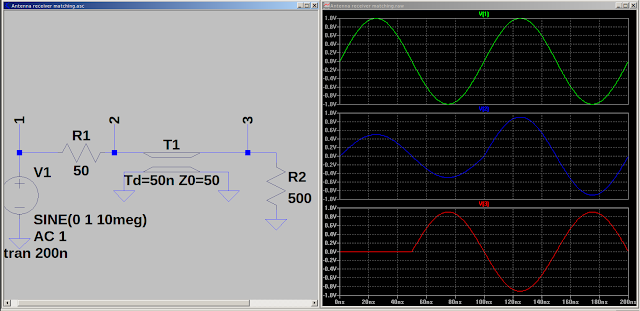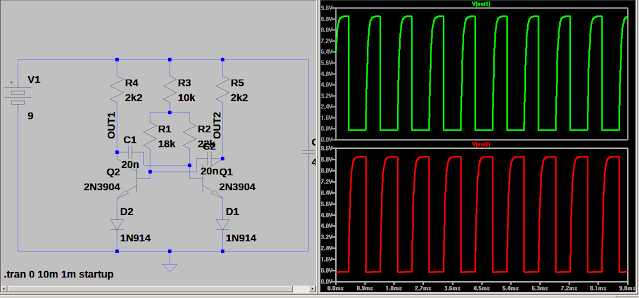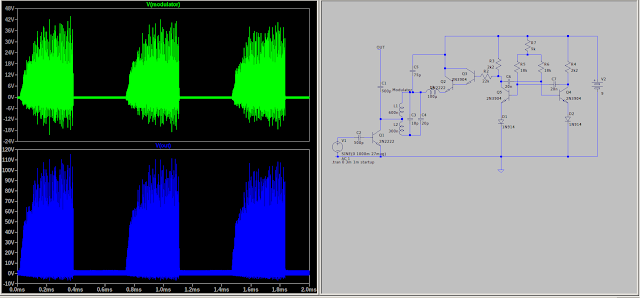Using my new (to me) Emerson as the example. The new set is a couple years older than me, about as old as dirt!
Anywho look at the antenna coil. It is a spiral connected to the input circuit in parallel with The tuning capacitor. The parallel circuit presents a high Z to the input.
The actual loop antenna looks something like this.
Look at the dotted line in the schematic. This is a single loop primary for the external antenna to connect to. When you attach an antenna and ground to the loop it will be a short circuit and have the highest possible current through it. Notice the 2 screws (center left). They are the antenna and ground connections. If you want to really soup up the receiver you could add a loading coil or artificial ground to the input loop.
Suppose you have the input loop forming a series resonant circuit which is feeding the parallel resonant tank in the converters grid circuit. The series circuit presents a very low Z and allows max current flow. The parallel resonant tank presents a high Z with minimum loading on the antenna. Remember from the last post the highest power transfer is when Rin << Rload. A short feeding an open would be ideal.
My car radio will find 2 or 3 stations when I scan the AM band.
This old set finds stations from one end of the band to the other.
NOTE:
A little extra data while it is on the screen. Look at the filament circuit. See the pilot lamp in the filament circuit? It serves more purpose than lighting the display. The notes give 2 sets of reading. One with and one without the pilot lamp. The lamp burned out while I was working on the set and it happened as they said it would to cause the circuit reading to vary.
I point this out because we had this discussion an the radio board before and the experts denied the facts as presented here. The notes and real life test agree.


















































